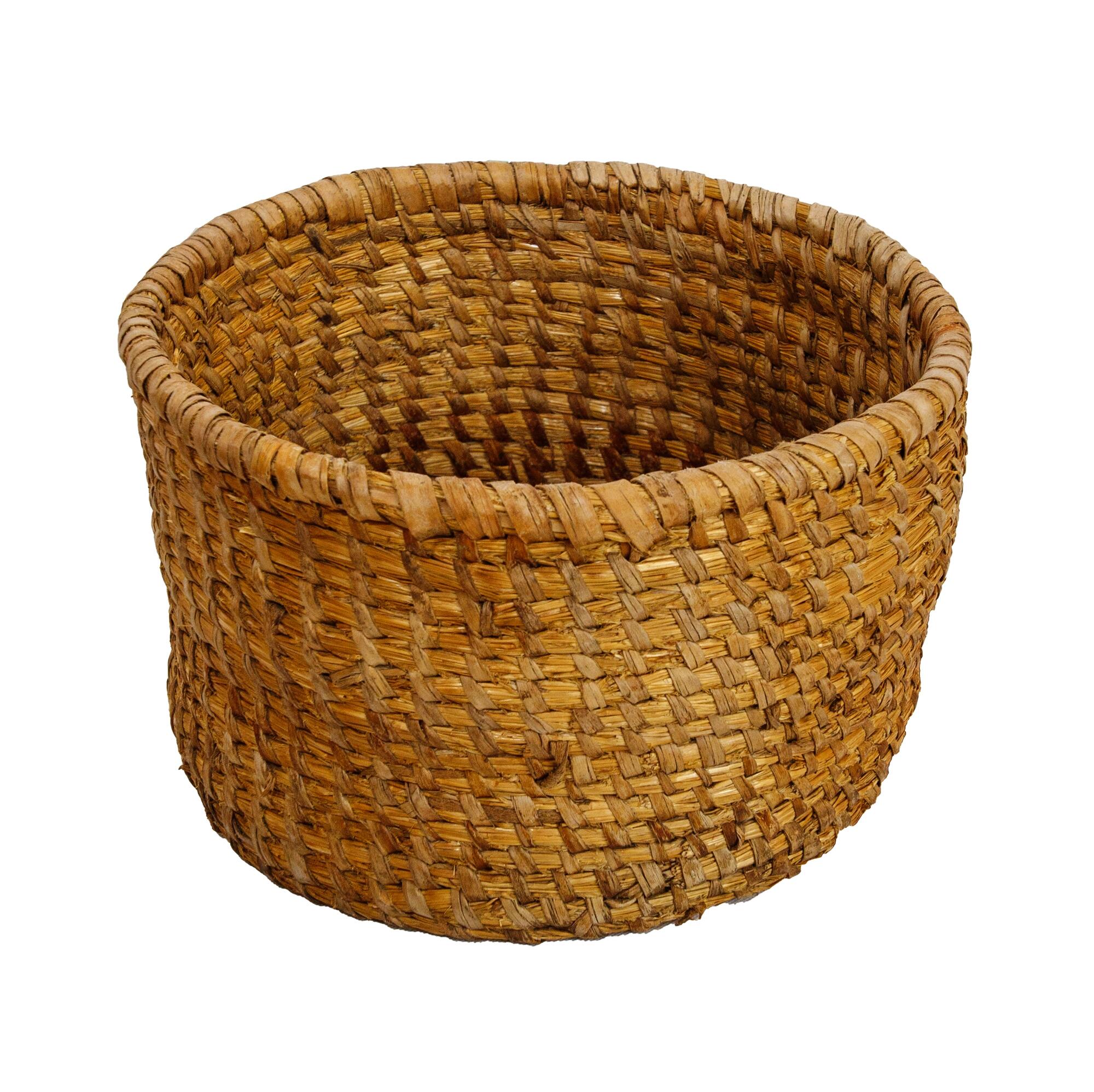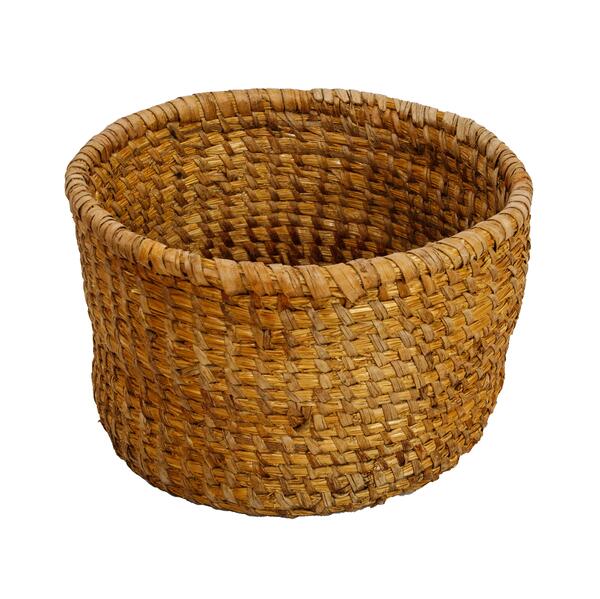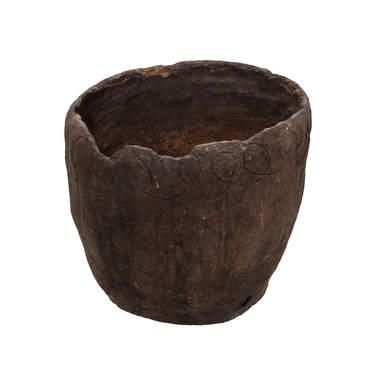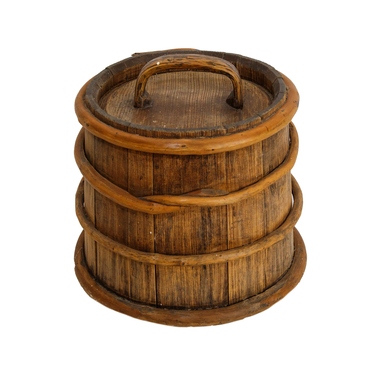Basketwork is considered one of the most ancient crafts. It was known to primitive people long before weaving and pottery. In ancient times, people used straw, dried stems of cereal plants, mainly rye. Rye stems were the longest and the most durable, so they did not get broken during wickerwork. Straw was a cheap and easily available material that did not require complex processing. In addition, rye straw held its shape well.
Straw was used for storing grain as it is not eaten by mice. So such containers protected the supplies from rodents. In addition, the material protected the stored grain from dampness, as straw does not let moisture through. For additional strength, wicker baskets were clayed on the inside by the Mordvin-Moksha craftsmen. Cups and dishes for flour and cereals were made of straw and reeds. In straw baskets, women stored threads and retting prepared for fiber spinning.
Before weaving, the straw was carefully prepared: flat stems were selected and steamed well to give the material flexibility. The baskets were made in the spiral weaving technique. A slightly twisted loose rope was wrapped with strong thread, for example, linen or hemp, or with a bast or birch bark. After that, the loose rope was spirally wrapped in tight coils. Its thickness depended on the size of the future item.
Later, threads of plant fibers were replaced with twine. In this case, several thin stems, folded together, were wrapped with twine and rolled into a small ring. After wrapping the ring a few times, the rest of the loose rope gradually twisted around it. After each turn the needle was slipped under the next coil of twine, located on the previous spiral.
Items made in the spiral weaving technique had a rounded, spherical or cylindrical shape, with a round or oval bottom. If a container meant to have a cylindrical shape, loose ropes of the same size were built up vertically to the required height.
Straw was used for storing grain as it is not eaten by mice. So such containers protected the supplies from rodents. In addition, the material protected the stored grain from dampness, as straw does not let moisture through. For additional strength, wicker baskets were clayed on the inside by the Mordvin-Moksha craftsmen. Cups and dishes for flour and cereals were made of straw and reeds. In straw baskets, women stored threads and retting prepared for fiber spinning.
Before weaving, the straw was carefully prepared: flat stems were selected and steamed well to give the material flexibility. The baskets were made in the spiral weaving technique. A slightly twisted loose rope was wrapped with strong thread, for example, linen or hemp, or with a bast or birch bark. After that, the loose rope was spirally wrapped in tight coils. Its thickness depended on the size of the future item.
Later, threads of plant fibers were replaced with twine. In this case, several thin stems, folded together, were wrapped with twine and rolled into a small ring. After wrapping the ring a few times, the rest of the loose rope gradually twisted around it. After each turn the needle was slipped under the next coil of twine, located on the previous spiral.
Items made in the spiral weaving technique had a rounded, spherical or cylindrical shape, with a round or oval bottom. If a container meant to have a cylindrical shape, loose ropes of the same size were built up vertically to the required height.



